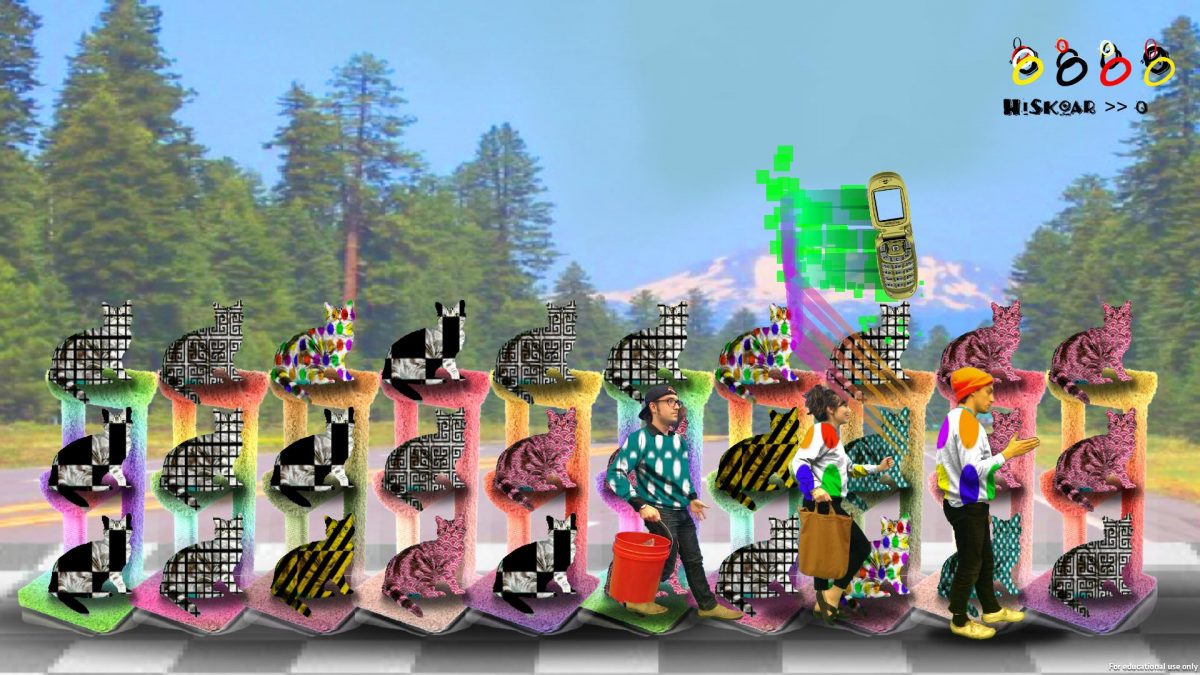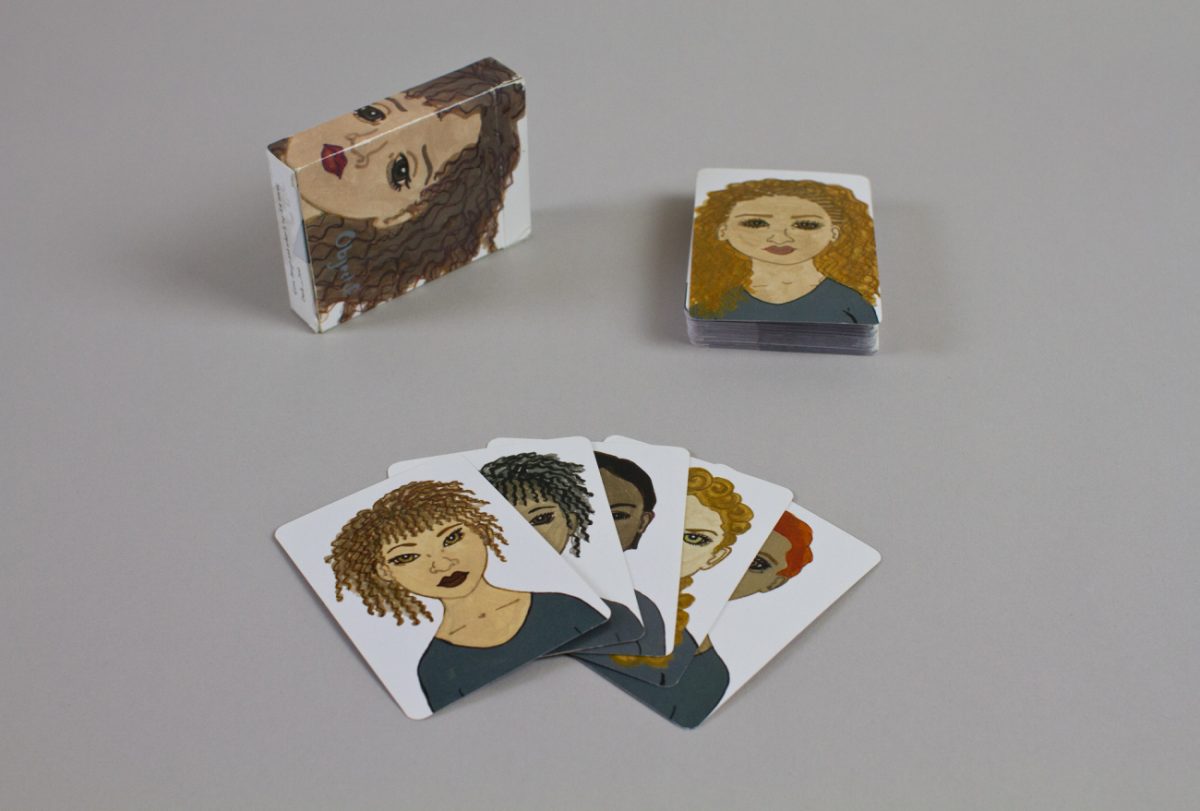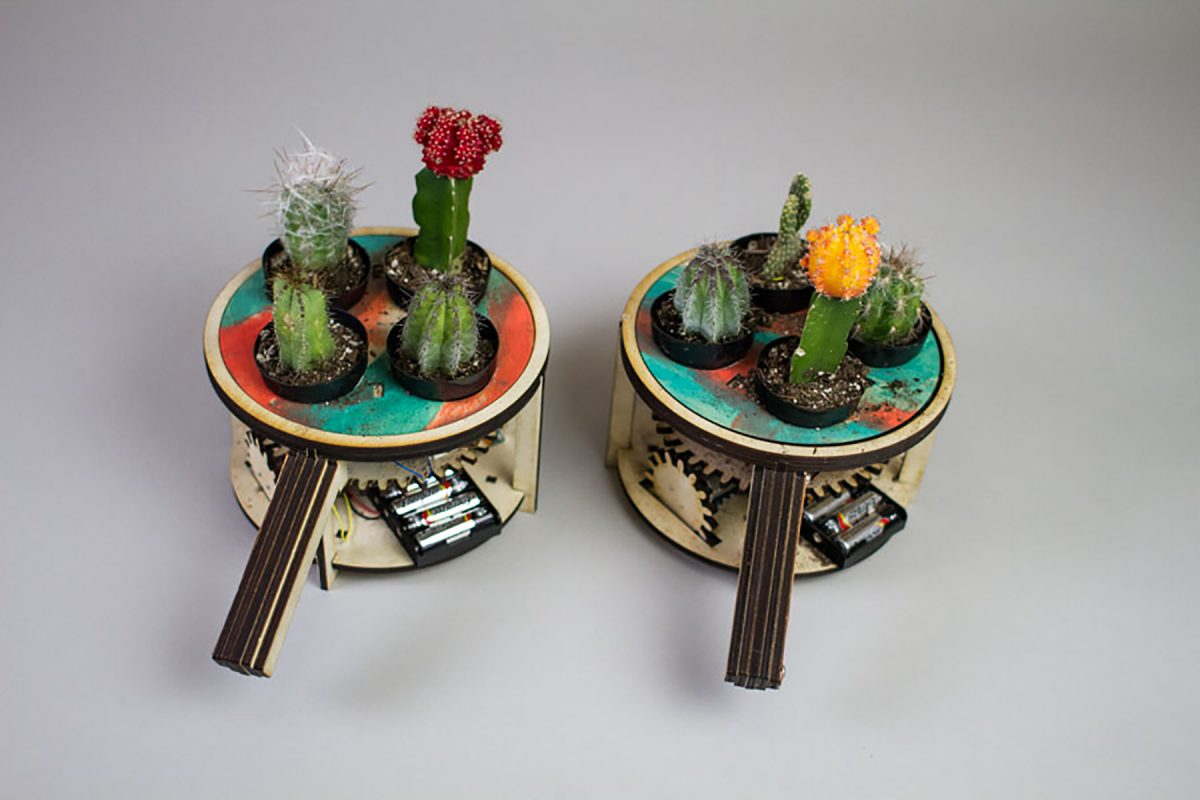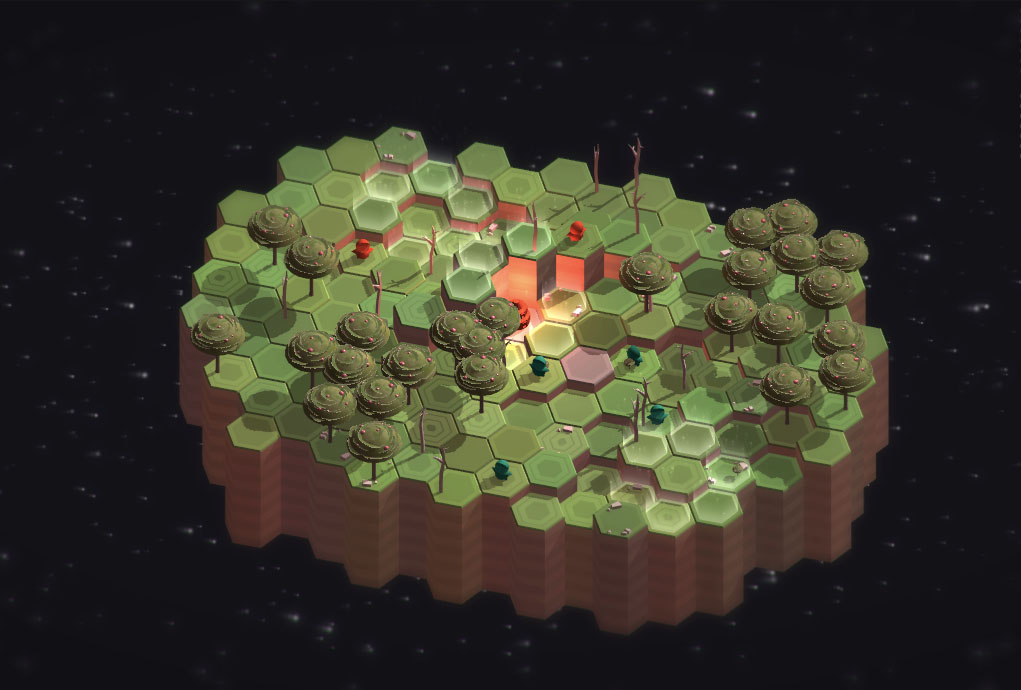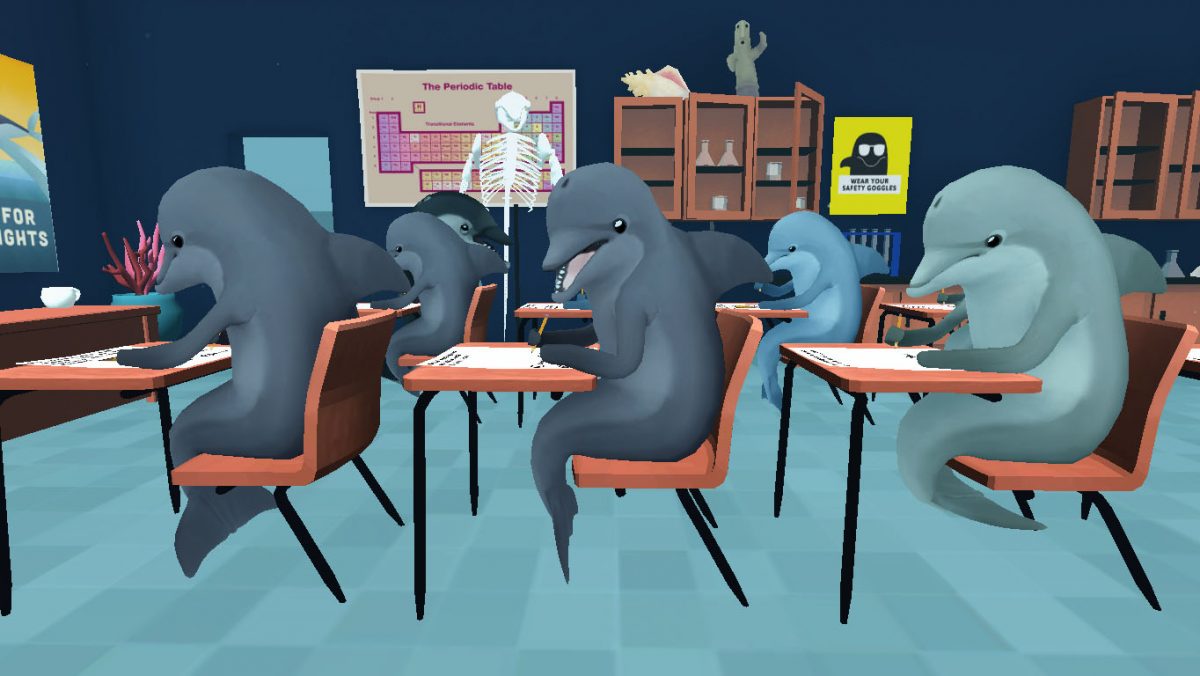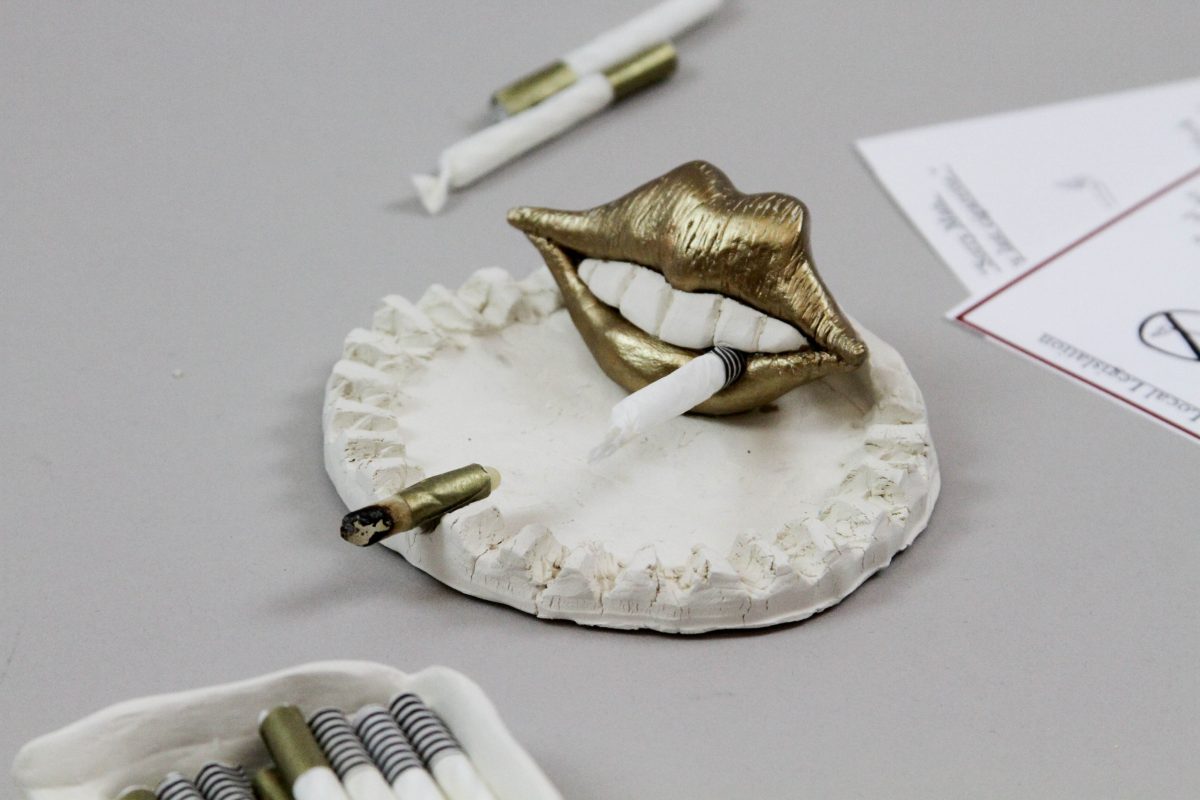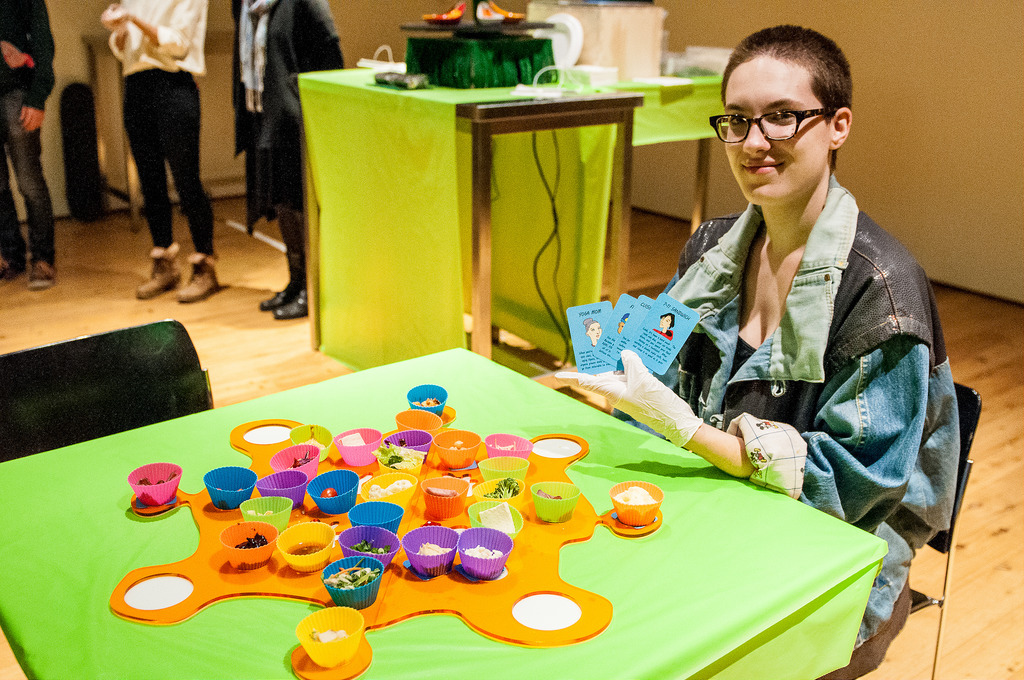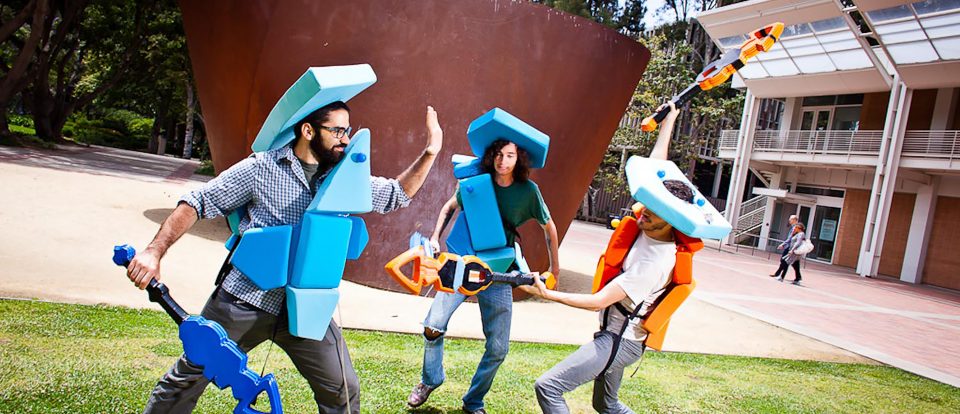
Eddo Stern Interview about the UCLA Game Lab
Posted on March 22nd, 2018
by
David O' Grady
About The UCLA GAME LAB
Eddo Stern (ES) interviewed by David O’Grady (DO)
Eddo Stern is the founder and director of the UCLA GAME LAB, and Professor of Design Media Arts at UCLA.
David O’Grady is a Visiting Lecturer at California State University – Long Beach and a PhD Candidate in Cinema Media Studies at UCLA.
DO: What is the game lab’s role or mission?
ES: The Lab’s core role is to contribute to the culture of art and games. Internally the lab supports UCLA students and faculty from a diverse range of disciplines though mentoring, technical and conceptual support, and by providing a broad set of material and intellectual resources.
The lab consciously seeks to reach out beyond the academic boundaries of UCLA to the world at large. Many university labs or Centers operate without a focus on cultivating a public profile, as they are centered primarily on supporting faculty and graduate student research, with perhaps strong corporate relationships for funding support. But at The UCLA Game Lab, I seek to emphasize the public facing side of things though the Game Festival we organize at the Hammer Museum and the many other co-located and co-curated exhibitions and events around the U.S. and the world, working with dozens of partner institutions. The lab also operates its own high school summer Institute program which helps bring young and ambitious new students to UCLA and help to raise our visibility in LA and beyond; Community service is a vital dimension to the lab’s outreach as well, and the lab offers an intern program for underrepresented high school students and free curriculum consulting to Los Angeles Unified School District. The lab of course remains dedicated to developing game artists and game education, providing technical and promotional support for our students, as well as supporting an artist in residence program, extensive alumni and media networks, and a robust public lecture and workshop series.
DO: What makes it a laboratory?
ES: I would say two central practices make the UCLA Game lab a laboratory.
First, is the experimental approach to human interactions in the lab. The lab attempts to be non-hierarchical in the sense that all the projects and folks in the lab are regarded as free creative agents and are encouraged to explore their own directions conceptually, technically, politically and artistically. This approach leads to many student initiated projects and collaborations. The lab goes out of its way to recruit “game skeptics”, people who are not already “in love” with games and the common discourse about games, but who often bring a fresh and critical perspective to games.
We also pay a lot of attention to promoting cultural diversity and a politics of inclusion, generosity and sensitivity. Additionally, the introjection of our artists in residence, high school interns, visiting scholars and faculty, and the many random weekly visitors to the lab offer many unpredictable opportunities for creative discussions and interactions.
The second principle is the lab’s concerted effort to challenge and critique the tacitly accepted definitions and production methodologies surrounding games. This open-ended, inherently experimental approach to making and thinking about games leads to many new investigatory approaches to game design, game technology, game aesthetics, game distribution, and game scholarship.
The results of these experimentations can be seen in the eclecticism, energy and originality of the many game projects created in the lab, as well as in the diversity of the interdisciplinary research output of the lab.
DO: What are the challenges of balancing or integrating technology with art in making games?
ES: I think integrating game technology with game art is one of the great challenges of making and teaching games today. The emergence of digital games has been a revolutionary force that has changed games dramatically, and we likely would not be having this discussion if it wasn’t for digital games (we could be discussing sports and parlor games…). And as is evident in the parallel tensions that exists in the relationships between media arts and “fine” arts, between traditional and electronic music, between drawing and 3D animation; those same tensions that exist universally in almost every corner of society well beyond the arts.
The influence of new technology is profound and requires a nuanced position. Fortunately, the unique positioning of the UCLA Game Lab in a Design and Media Arts Department, in a top raked School of Arts and Architecture, in a globally connected research university in very helpful in engaging this challenge in a sophisticated and nuanced way.
My approach to this challenge is to focus first and foremost on the conceptual and formal vision of the work, and only then move on to consider technological mastery or virtuosity. But admittedly, the lab is schizophrenic in this area in that the practices and relationships to technology embraced in the lab are simultaneously those of the Technophile and those of the Luddite.
But the lab is very advanced across a wide range of technologies. For example, we build and design integrated circuits from scratch, develop low-level open source software tools for game developers. We also hack, augment, and expand commercial software and hardware to be used in new ways, and we use technically sophisticated commercial tools and techniques, such as motion capture; 3D scanning and printing; image and sound processing; AI algorithms; 3D modeling, rigging and animation; computer graphics and network programming; and many other technically sophisticated game-related tools and skills.
On the other hand, the lab embraces the hand-made object, the written word, the one-of-a-kind object, the analog, the expressionistic, the idiosyncratic, the glitchy, the soft, the messy, the accidental. We embrace both the idiosyncrasy of the amateur and the production values of a master craftsperson.
I think this gets at the meat and potatoes of my role and the values of the lab, which cultivate the process of negotiating the embrace of new technologies, while focusing on making good art – and sharing this sensibility with students so they can develop their own intuition towards using technology in their work. To develop the strongest work in this area, one needs to allow for time and opportunity to explore new technology, but also retain an uncompromising culture of artistic critique and rigor. I think this is what we are trying to foster at the UCLA Game Lab!
DO: What is the lab’s particular or unique contribution to game making and game education?
ES: The lab is unique in its devotion to serious and rigorous game making and education from a fine art / media arts perspective. Additionally, our lab has a unique focus on exploring how games and game culture integrate and crossbreed with other media such as film, theater, animation, literature, sculpture and installation, hardware engineering, industrial and graphic design, sound art, and conceptual art. And finally, the mix of students brought together in the lab is truly special, as it includes students coming from a vast array of disciplines and fields, who often share a mutual interest in studying game making, game engineering and game theory.
DO: What compelled you to found the lab?
ES: I have always been a strong believer in the “lab” model over the “studio” model for creative practice. Labs are social in nature – and for a multidisciplinary, creative area such as games, the social component is vital. When I was a graduate student at CalArts I loved working in the integrated media lab, which later led me to found the arts and games co-operative C-LEVEL in LA’s Chinatown.
I also knew that my particular ideas for game-making culture, and what game-making education could be at UCLA, would best be served by building an agile institution to create an alternative model for games and art education—a place that would be distinguished from the more common institutions that prepare students for work in the game industry or focus primarily on social, educational, and “serious” games.
DO: Has your vision for the lab changed/altered/grown since its founding? Has the lab experience refined your own thoughts about game art/practice/education?
ES: Yes, I’ve recently been focusing on emphasizing the importance of craft as an essential component of game making. Developing craft is essential alongside other values that are important. By “craft” here I mean mostly the cultivation of a rigorous technique applied to game design, developing game aesthetics and the programming aspect of games. Currently, I am working with Tyler Stefanich, our lab manager, and other faculty and students to figure out how the lab can nurture the gamemaking craft(s) without replicating the established pipelines used to develop and design games.
Also, more broadly, I am looking to possibly expand the scope and focus of the lab in a more radical way beyond games. I am very compelled by Roger Caillois’ ideas about how games belong to a broader set of cultural practices. At the moment, this future plan is still classified as “top secret”, so I won’t elaborate further – but stay tuned!
DO: Is the lab currently experimenting with VR/AR/Mixed Reality in order to ascertain its aesthetic potential (and pitfalls) for game art?
ES: Definitely. We have students and artists in residence working on a variety of VR/AR projects, and we’re exploring the visual possibilities and interactive challenges of these media.
DO: As you mentioned, the UCLA Game Lab also produces a Game Art Festival at a Los Angeles museum on a semi-regular basis. Why is this kind of exhibition so vital in an era when games can so readily be downloaded and played privately or online?
ES: The decision to produce a large-scale festival in a public space not traditionally associated with games as an artistic practice is key. It reflects the lab’s mission and agenda to expose new audiences to new games.
But there are several specific reasons why we put on the festival the way we do: the first reason has to do with the cultural value of games. To be frank, games suffer from an image problem in the arts community and in the culture at large. They are looked down on as low-brow, mass entertainment—perhaps appreciated for its technical sophistication, but deemed intellectually vacuous. So, in the most un-subtle of terms, hosting our festival in well-established and respected cultural institutions compels the skeptics to at least take a new look at games. The second reason is that, while it is true that games can be a satisfying solitary experience, their cultural value as a relational mediation of human interaction is just as profound. Showing games in a public space allows for formal experiments of social and physical scale as well as increased attention and sensibility to materiality and allows intersections with other artistic practices and media: games presented on stage; large-scale collaborative games; game workshops; games as film, sculpture, book or manuscript; and many other kinds of games that expand the scope of what game-playing means in a way that downloaded games and/or solitary play simply don’t allow.

